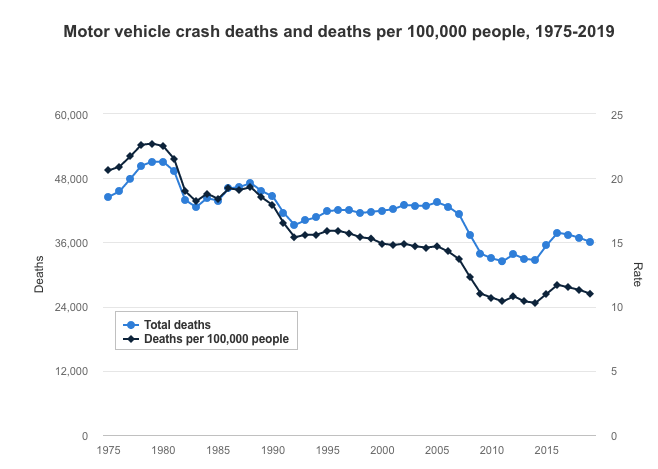5.3 Regulatory Laws
Learning Objectives
- Explain product liability and its impact on marketing
- Explain privacy law and its impact on marketing
- Explain fraud in the marketing process and its impact
- Explain the laws that regulate marketing
While there are situations in which we expect individuals to act according to higher moral laws, at a basic level we always expect business professionals to follow the law. Virtually every marketing activity has legal and ethical implications. Canadian laws fall across multiple jurisdictions from Federal (national) to Provincial and even Municipal. Canadian companies operating internationally would potentially need to consider the specific legal requirements of the country of their customers, although there can be exceptions in the digital space. It is complex. As a marketer your analysis must include the external environment. The majority of businesses rely on compliance of these laws and standards through self-regulatory organizations such as the Canadian Marketing Association (CMA), Advertising Standards Canada (ASC) or the Canadian Association of Broadcasters (CAB). To join each body your business must comply with both the laws AND demonstrate ethical behaviour.
As Canada is a member of the most trade agreements in the Group of Seven countries (G7) often Federal laws may conflict or need to meet higher international standards. An example of this need for alignment is privacy laws in Canada compared to the General Data Protection Regulations (GPDR) which are the core of Europe’s (EU) digital privacy legislation. European standards to combat cybersecurity are higher than Canada’s current legal regime.
Most of the laws that impact marketers fall into three categories.
Below is a summary of the considerations for any company that wishes to operate and market in Canada. Depending on how your organization is structured, i.e. a social enterprise (e.g Hope Blooms) versus a publicly listed company on an exchange (e.g. Shopify) or your client is a government agency (e.g. Province of Nova Scotia) will determine which laws you need to consider. Marketing professionals need to continually review these laws and standards as they assess the external environment for their marketing strategies.
- BUSINESSES need protection from other businesses. Competition protection laws address fairness and pricing.
- CONSUMER need protection from businesses. Consumer protection laws are created to ensure the rights of consumers and to create a fair marketplace for consumers.
- SOCIETY needs protection from businesses. Social costs businesses create, must be regulated.
The History of Consumer Protection in Canada and the U.S.
Historically, consumer protection laws in Canada began as a result of growing pressure for a more activist government response to protect consumer interests in the marketplace, in 1967 the Liberal government of Lester Pearson created the Department of Consumer and Corporate Affairs (CCA). At that time, with the first government to have a minister at the cabinet table designated to represent consumers, Canada was seen as a world leader in consumer protection. Later in the 1990s the CCA was reorganized multiple departments which today has evolved into the department of Innovation, Science and Economic Development. Some would argue our leading global role in consumer protection has faded into a crisis management and reactive approach. [1]
In the United States have been specific formal legal responses to address public outrage over the disclosure of industry abuses and crises. For example, in 1905 a man named Upton Sinclair exposed the terrible working conditions in the American meat-packing industry. His work sparked public outrage and, in turn, led to the creation of the Food & Drug Administration and the first comprehensive inspection and regulation of food safety in the United States.[2]
Similarly, in the 1960s consumer advocate Ralph Nadar took on automobile safety, highlighting the immense profits made by auto companies relative to their investment in customer safety. In 1966 Congress unanimously passed the National Traffic and Motor Vehicle Safety Act, and the National Highway Traffic Safety Administration gained consumer protection powers. The number of vehicular deaths in the U.S. reached a high of 50,000 in 1960 and has continued to fall despite a larger number of drivers on the road. In Canada, the equivalent law is the Motor Vehicle Safety Act. Figure 1.[3]

Learning Activities
- Reading: Product Liability
- Reading: Privacy Laws
- Reading: Fraud in Marketing
- Jenkin, M. (2018, June 05). The steady decline of consumer protection in Canada. Policy Options. https://policyoptions.irpp.org/magazines/june-2018/the-steady-decline-of-consumer-protection-in-canada/ ↵
- Spencer Weber Waller, Jillian G. Brady, and R.J. Acosta. (2011). Consumer Protection in the United States: An Overview. https://deliverypdf.ssrn.com/delivery.php?ID ↵
- Insurance Institute for Highway Safety, Highway Loss Data Institute. (2021, March). Fatality Facts 2019 Yearly snapshot. https://www.iihs.org/topics/fatality-statistics/detail/yearly-snapshot ↵

